Mostly Mute Monday: The Most Extreme View Into Deep Space
See as far back in the Universe as our greatest telescope’s eyes will take us.
“It is by going down into the abyss that we recover the treasures of life. Where you stumble, there lies your treasure.” –Joseph Campbell
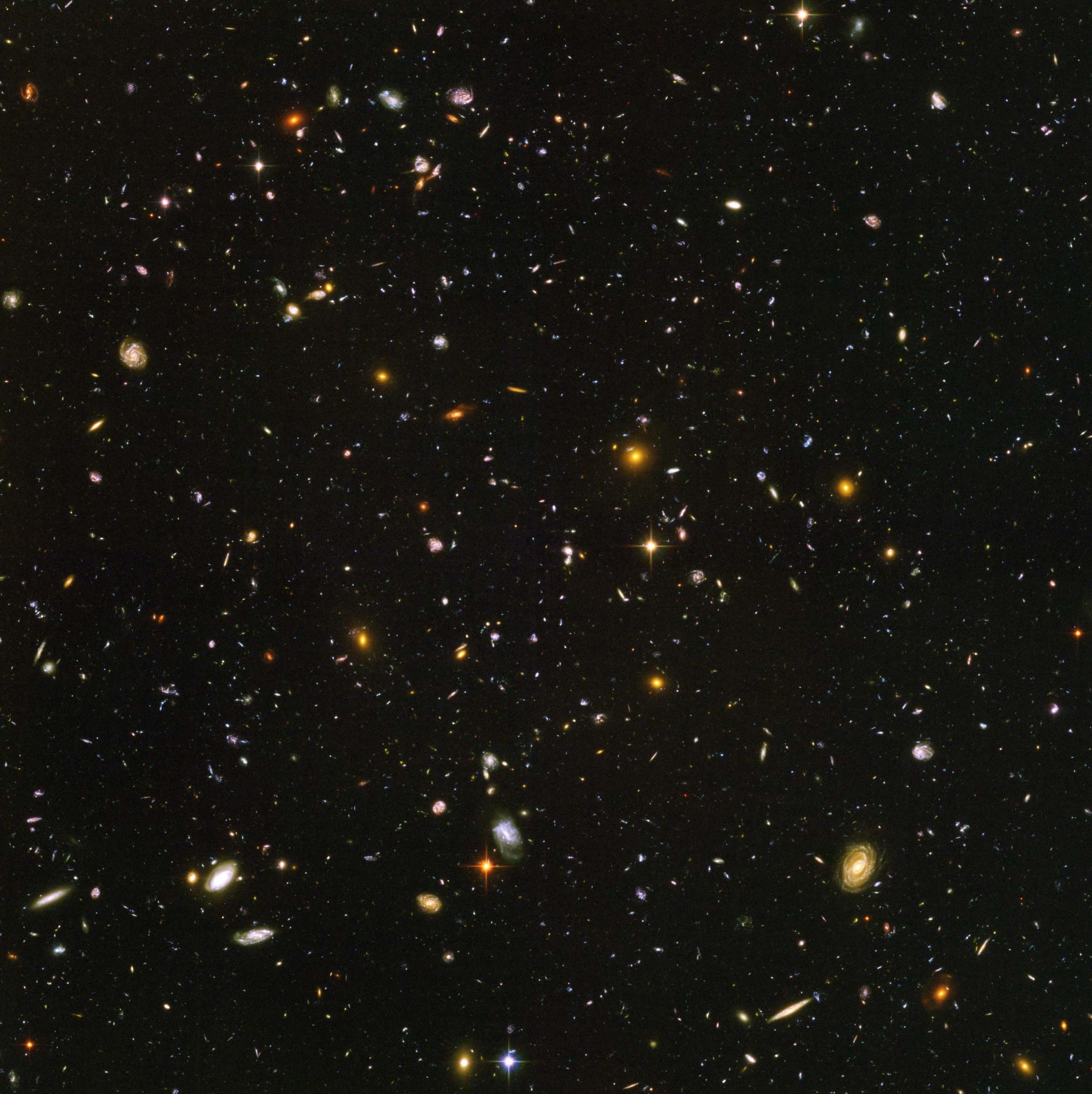
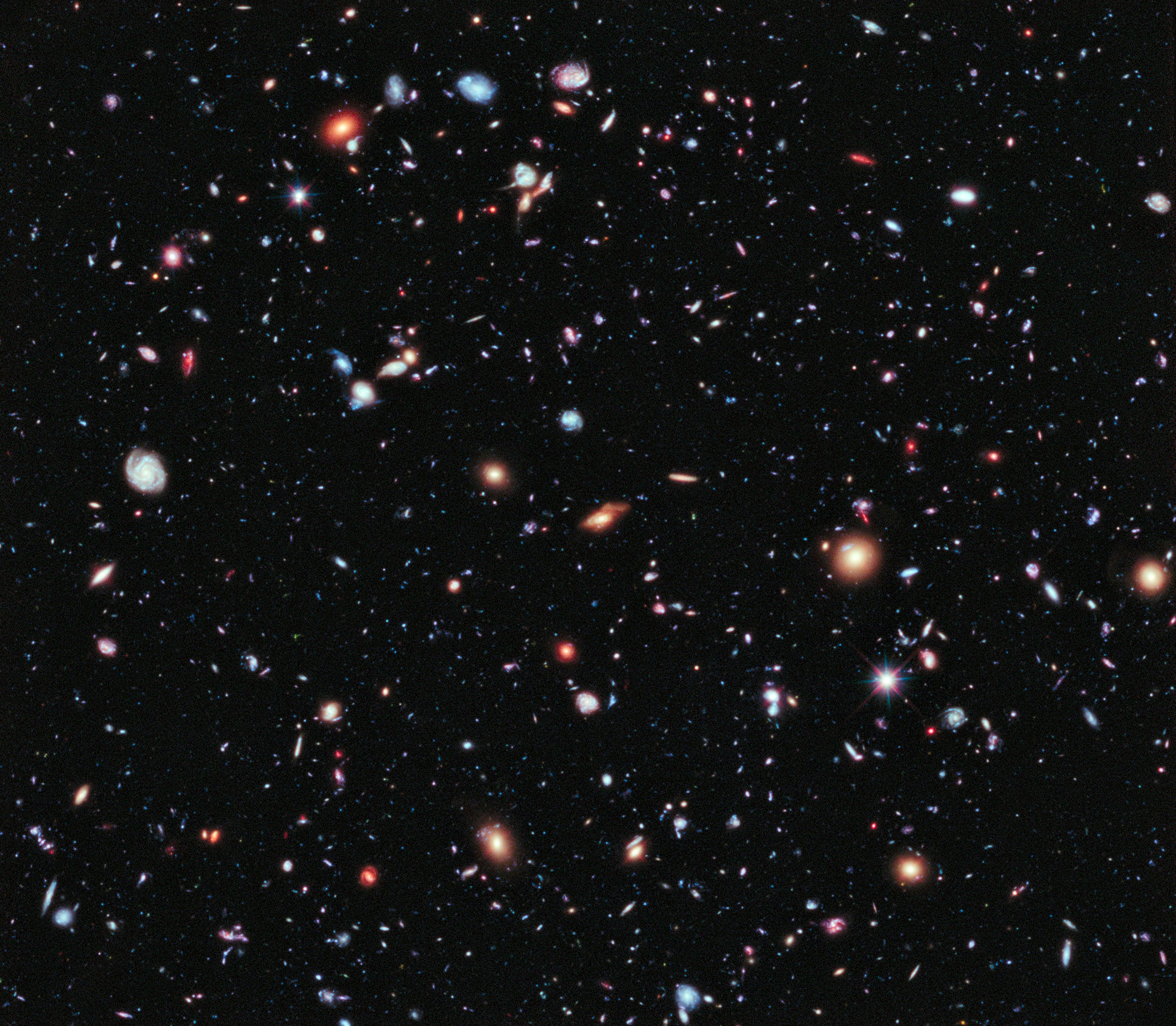
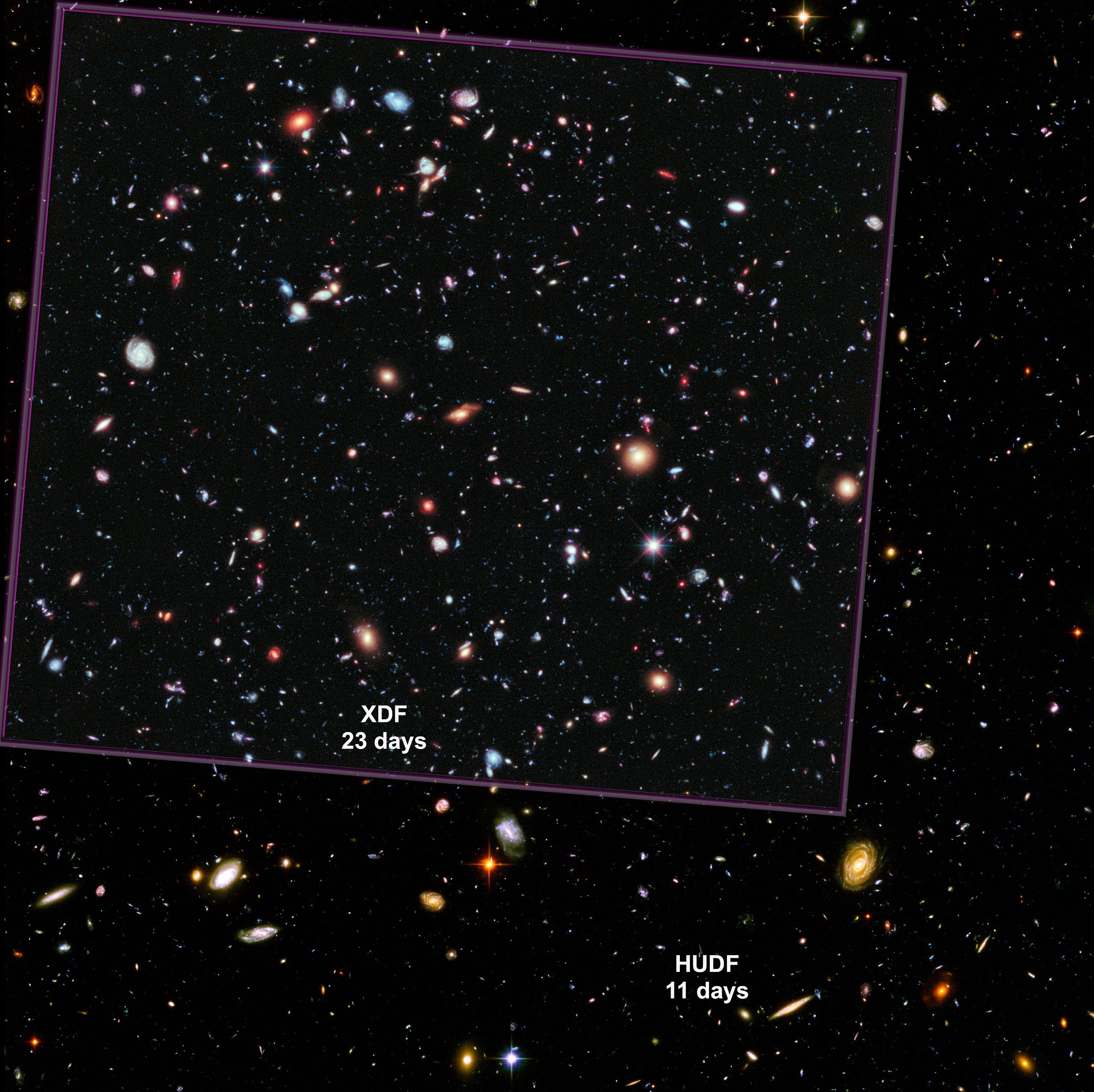
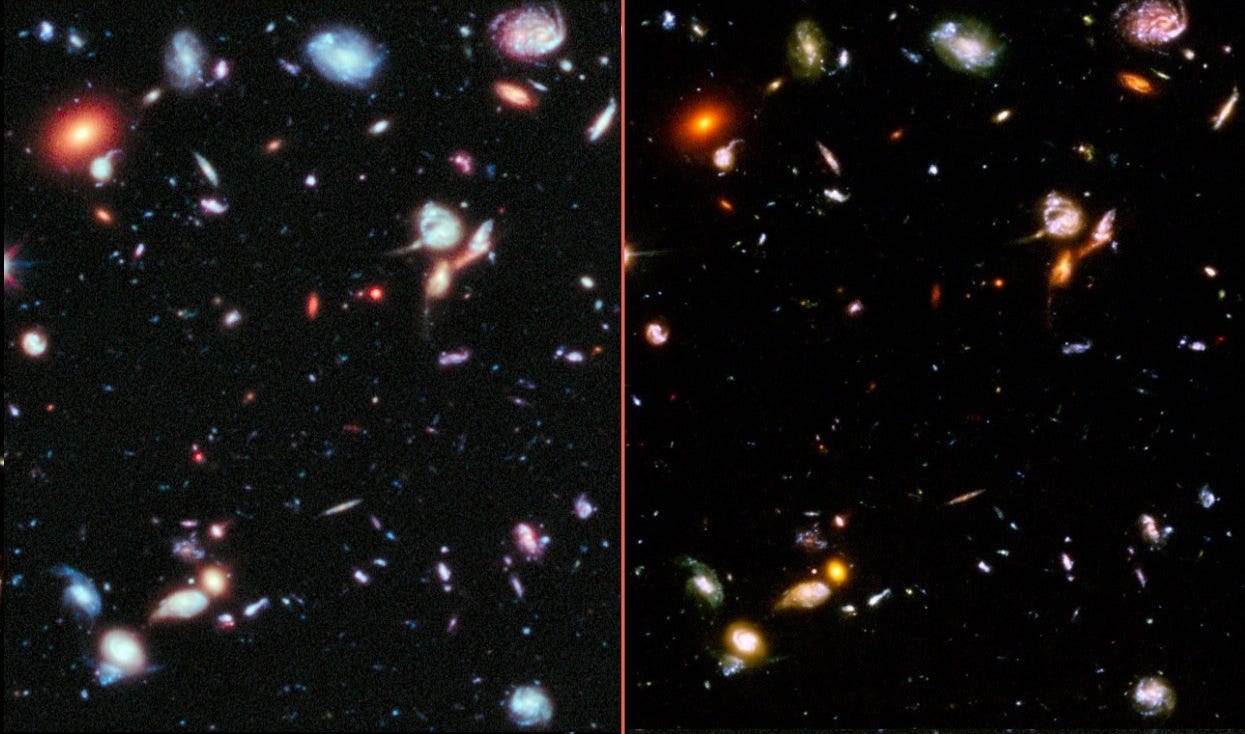
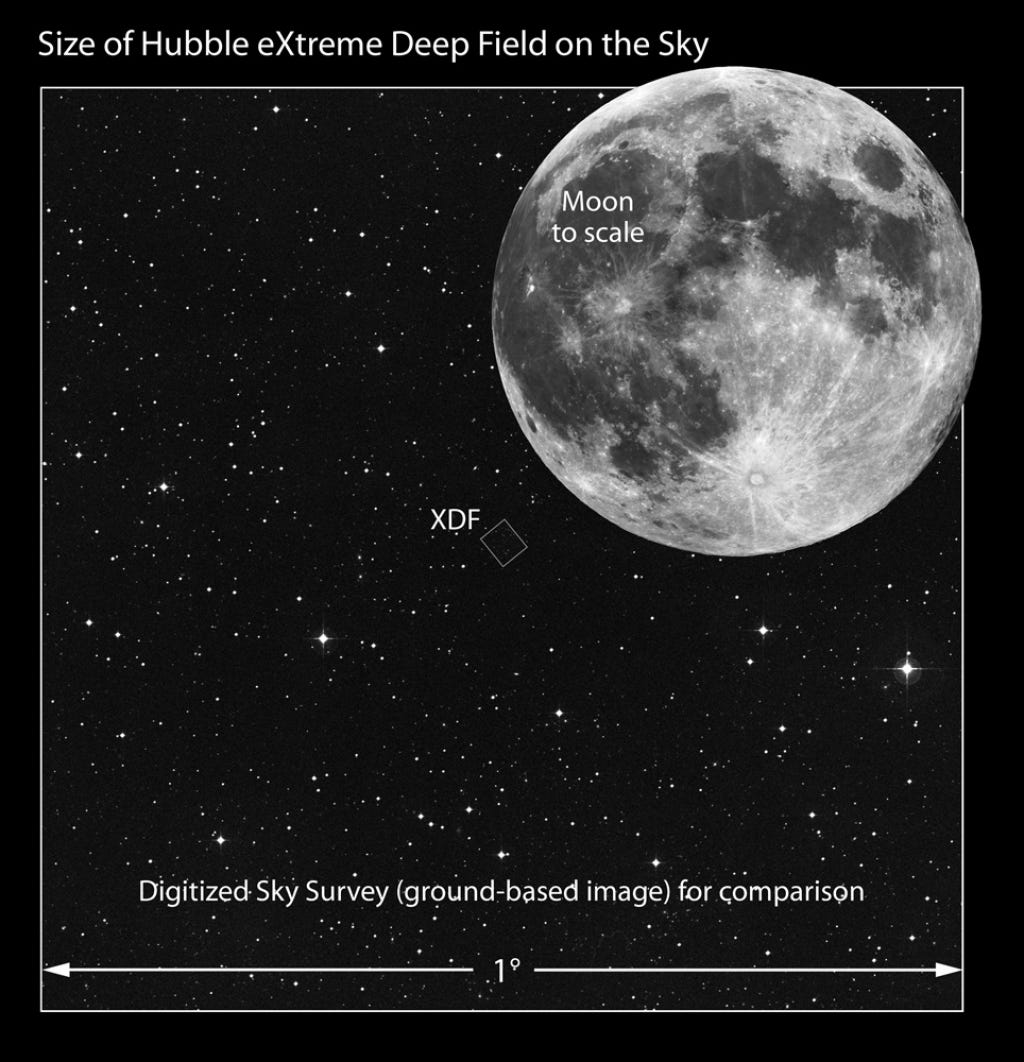
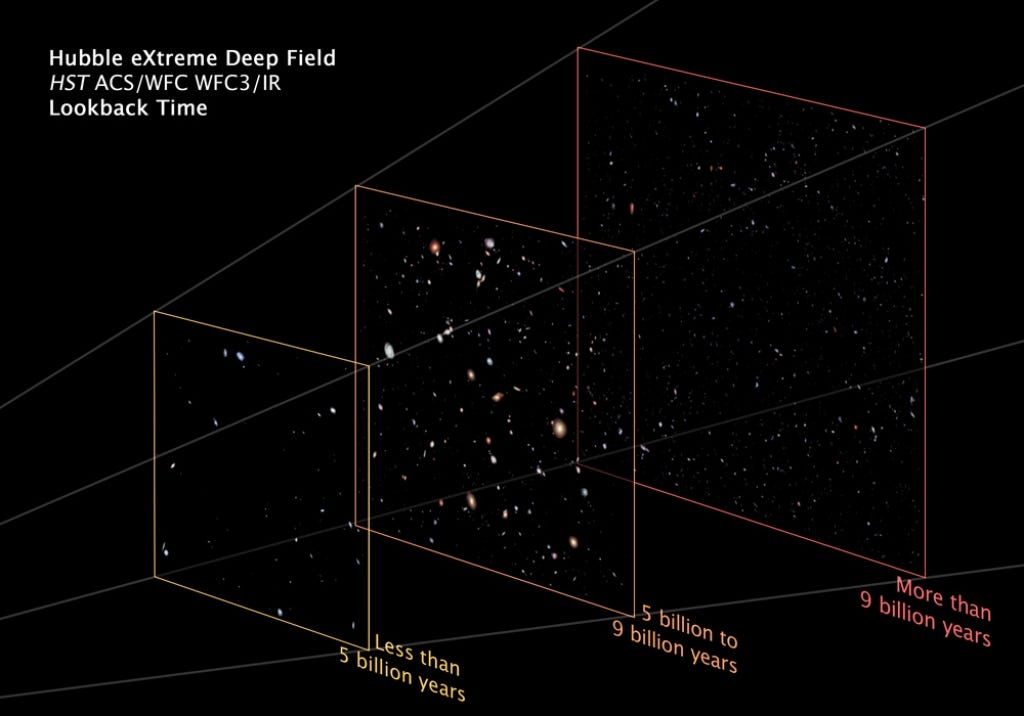
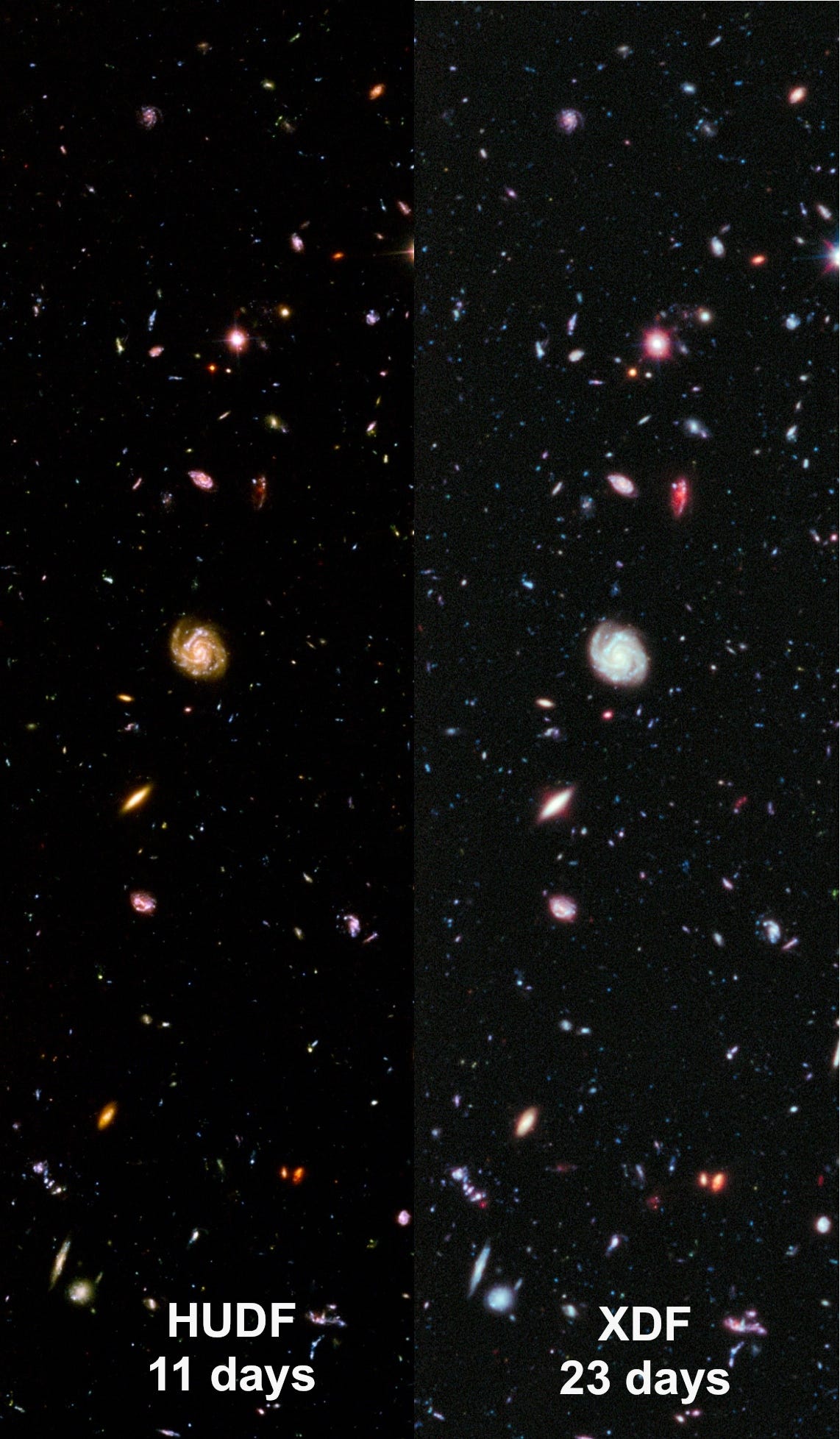
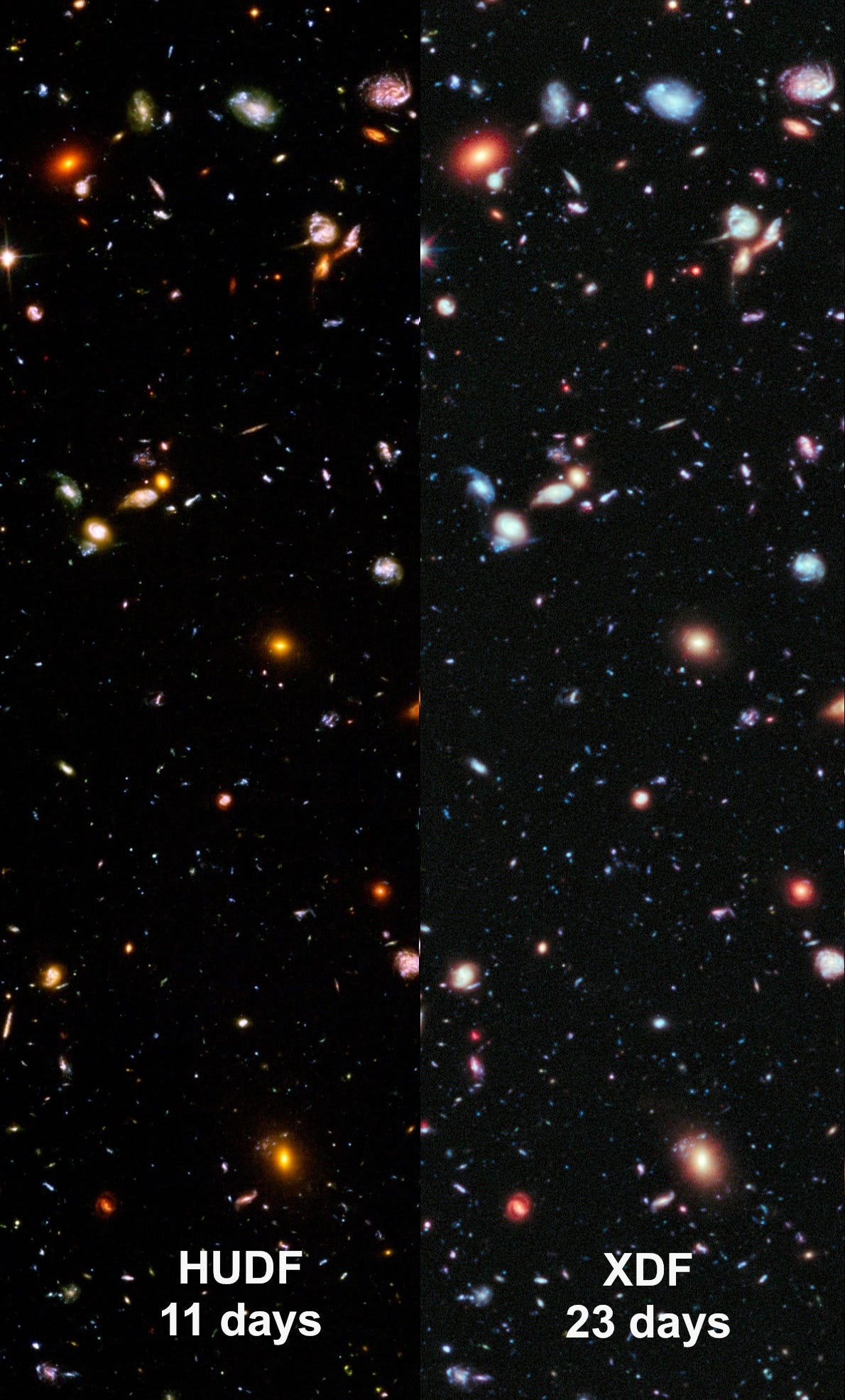
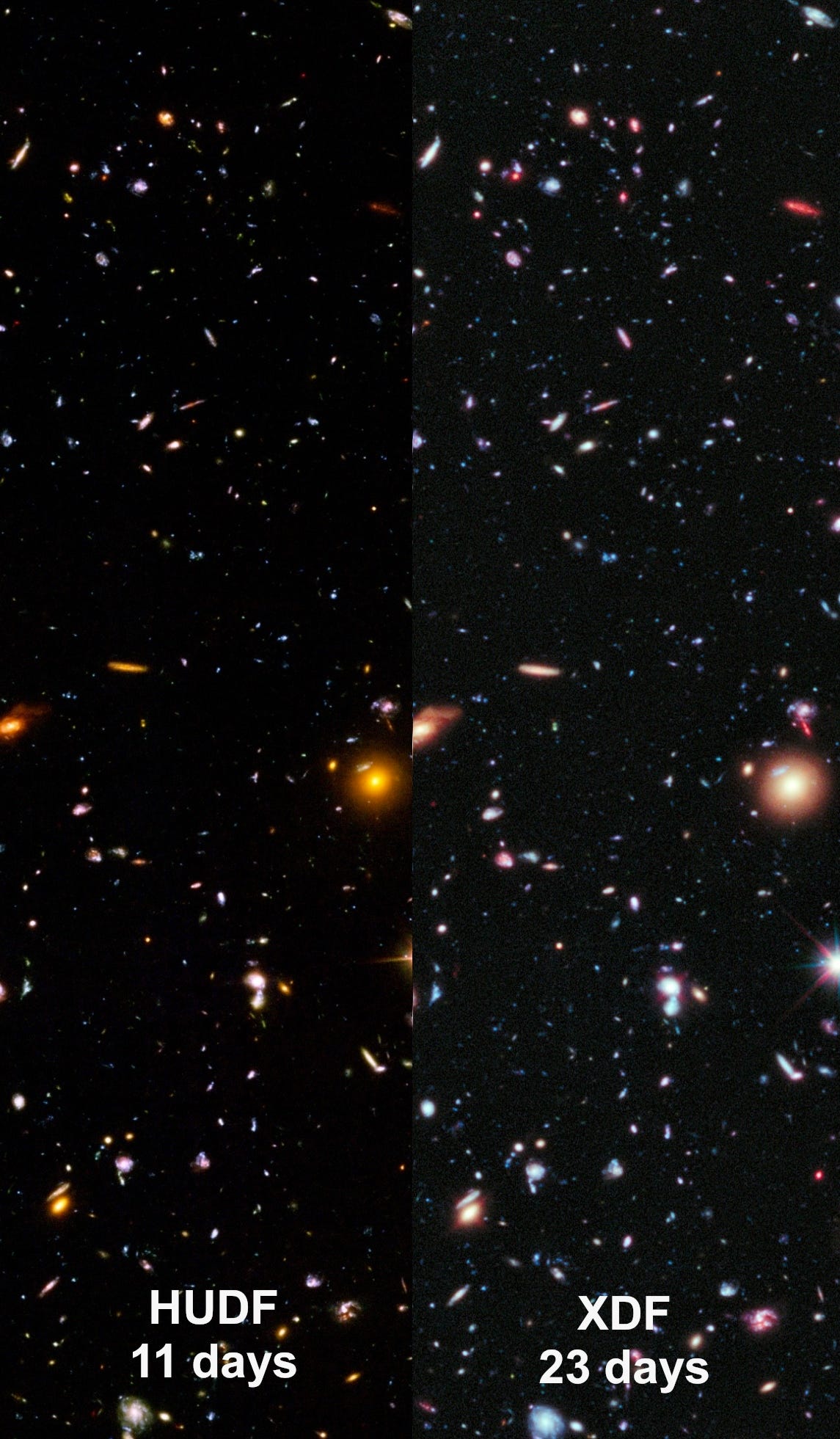
In 1995, the Hubble Space Telescope pointed its camera at a single, blank patch of sky, snapping 342 images of what appeared to be completely empty space. When these images were combined, over 3,000 galaxies revealed themselves in the Hubble Deep Field, the first snapshot of the ultra-distant Universe ever taken. Since then, the Ultra Deep Field was constructed with more time and better cameras, with the eXtreme Deep Field — comprising a portion of the Ultra Deep Field — representing our deepest view yet.
Despite gathering twice as much light (resulting in 41% deeper viewing), the eXtreme Deep Field found only a few percent more additional galaxies to the Ultra Deep Field. Rather than being a signature that we’re seeing all the galaxies that there are — 5,500 of them in a region comprising just 1/32,000,000th of the entire sky — this is a signal that these images are reaching the limit of what Hubble can see. To go farther, we’ll need an infrared observatory: exactly what the James Webb Space Telescope will deliver to us in 2018. In the meantime, these images teach us there are at least 170,000,000,000 galaxies in the entire observable Universe.
Mostly Mute Monday tells the story of a particular image or phenomenon in pictures, videos, and no more than 200 words.
Leave your comments at the Starts With A Bang forum on Scienceblogs!





